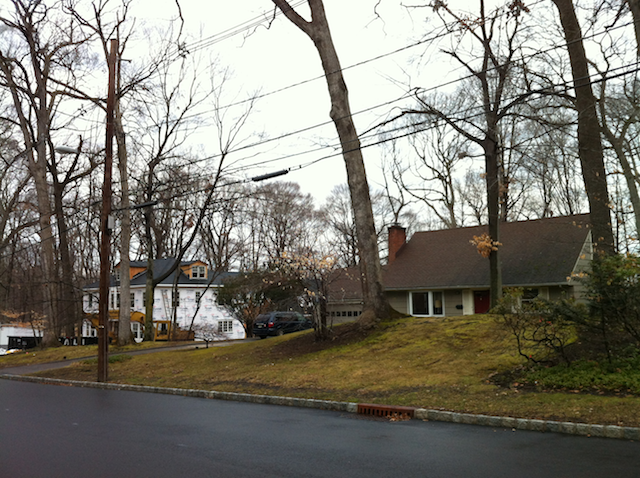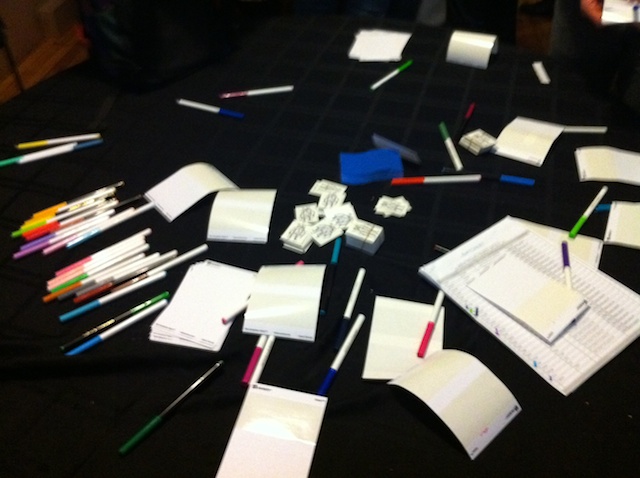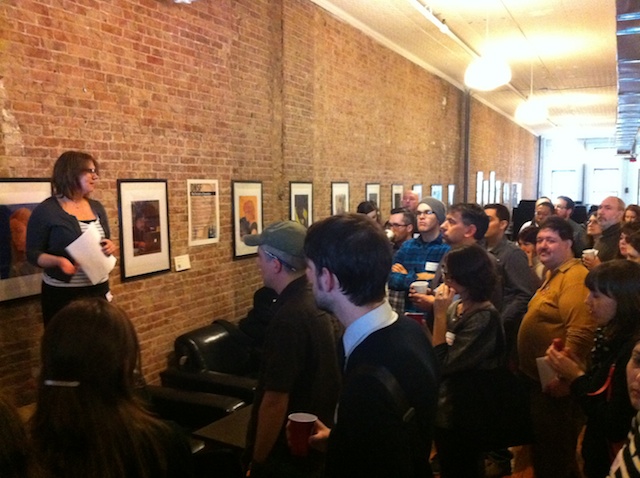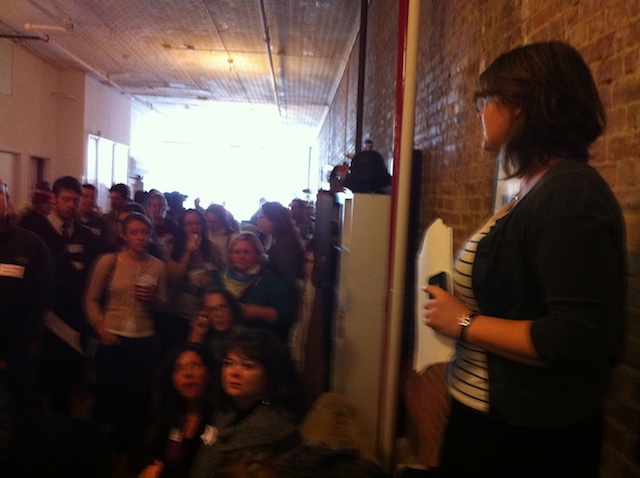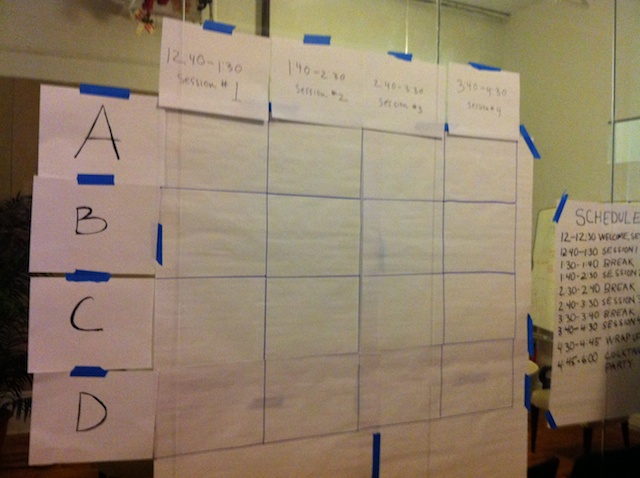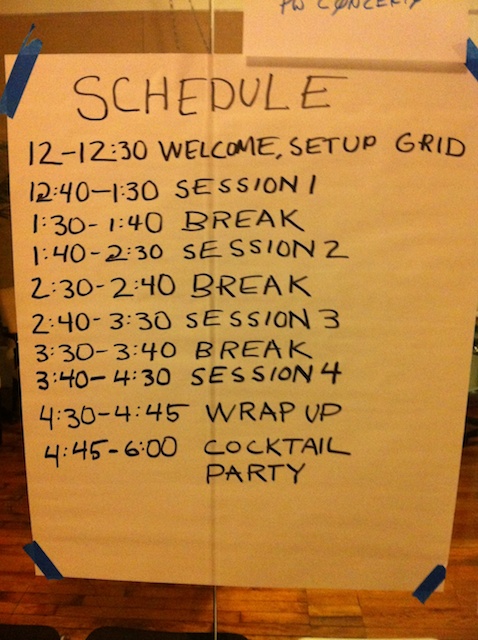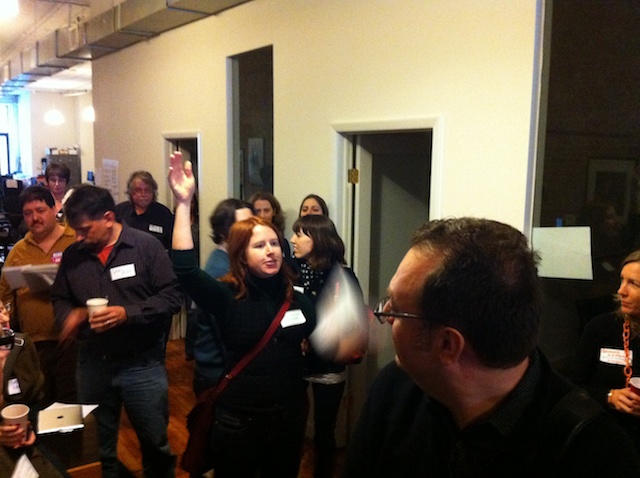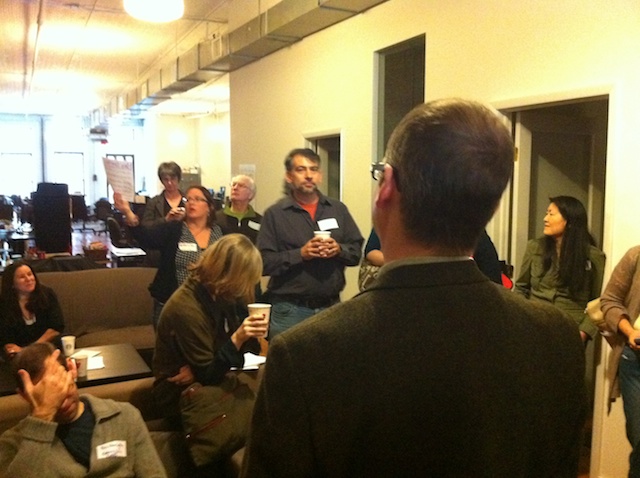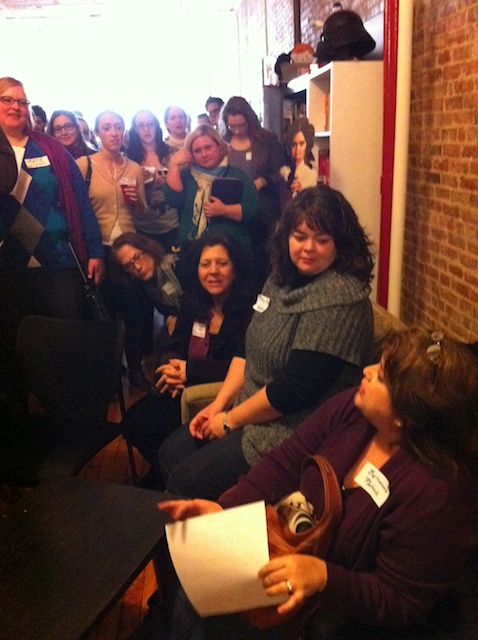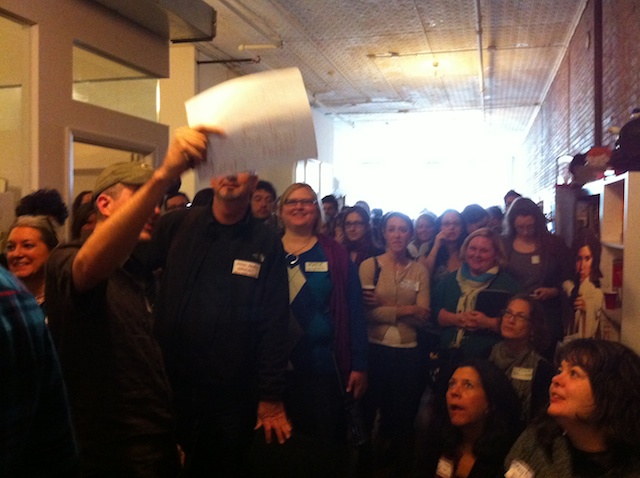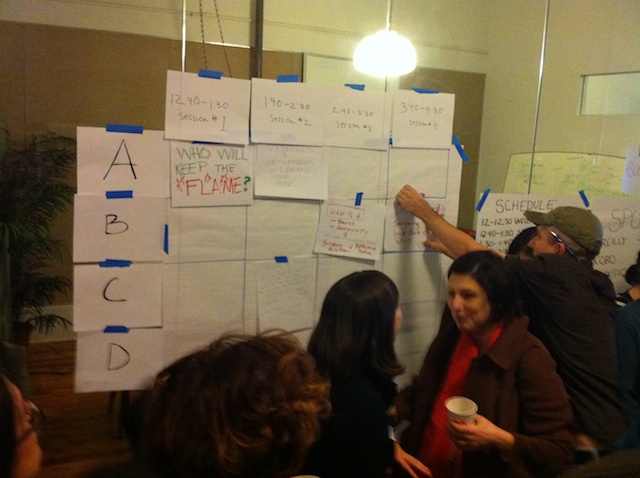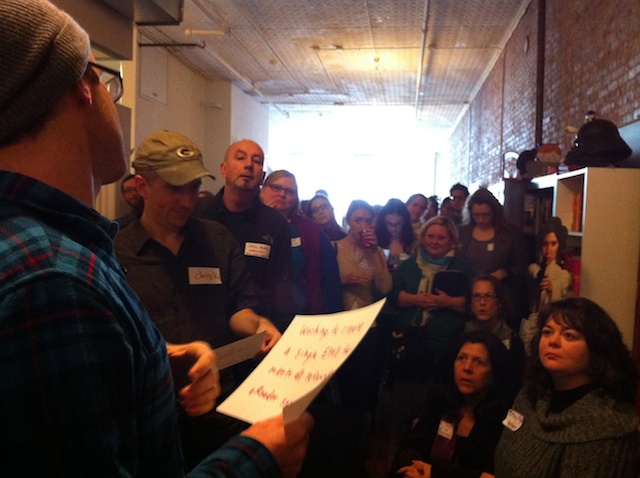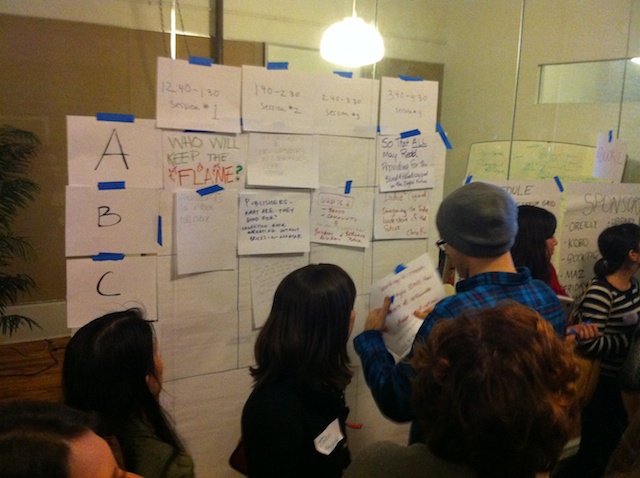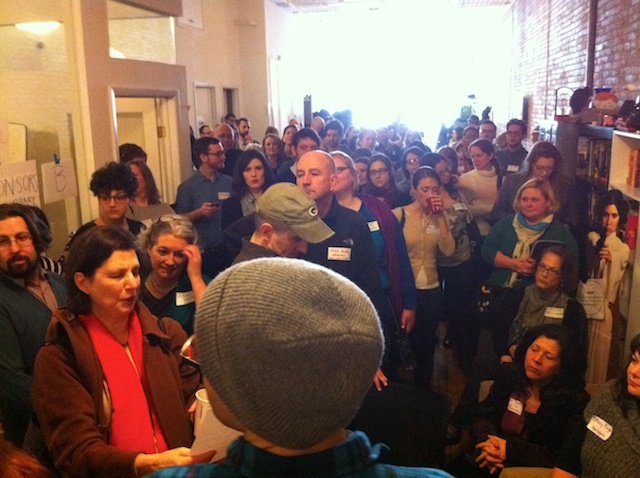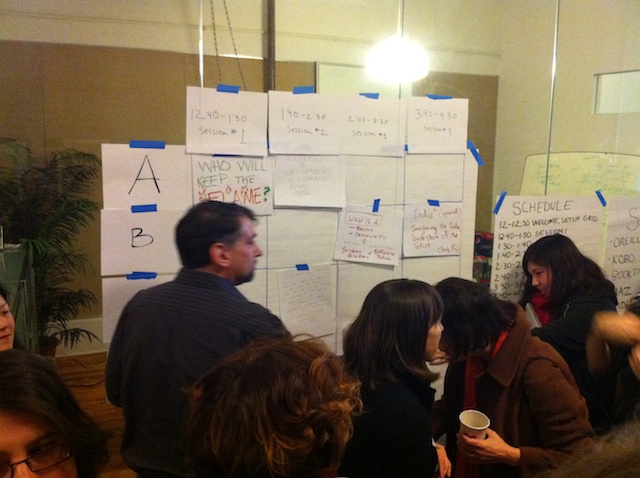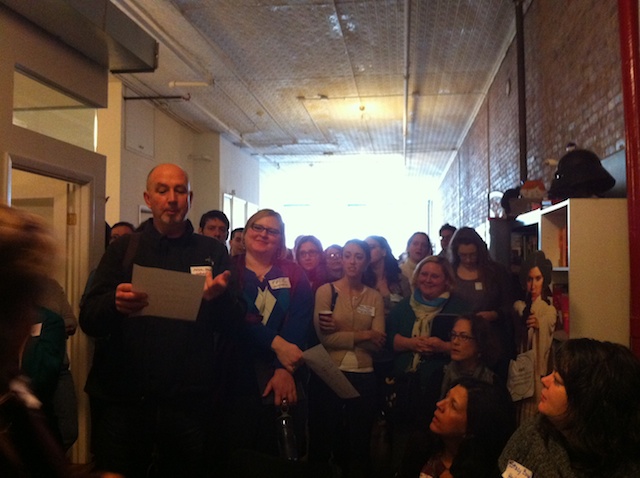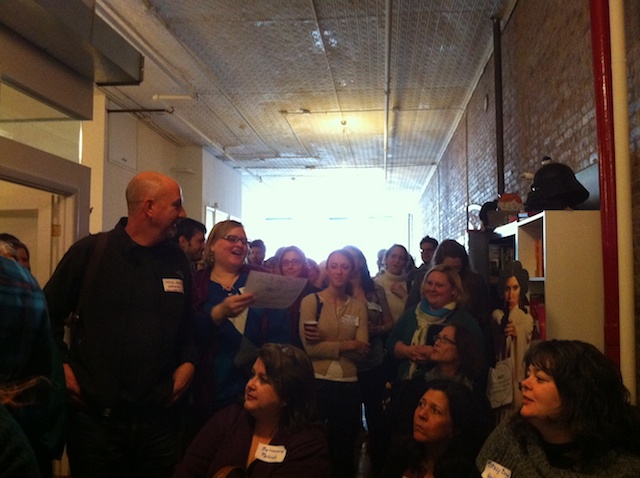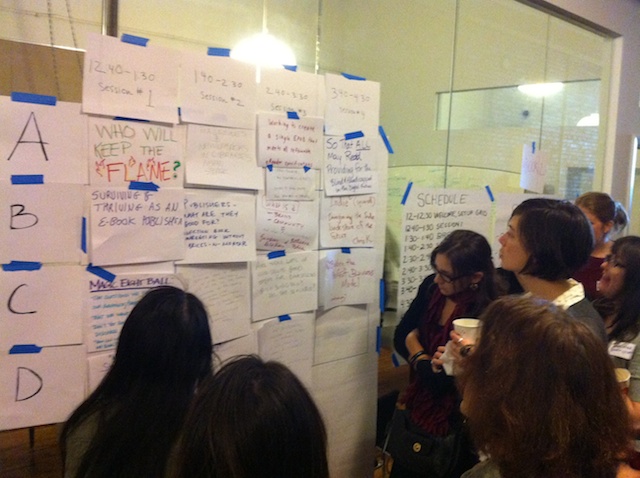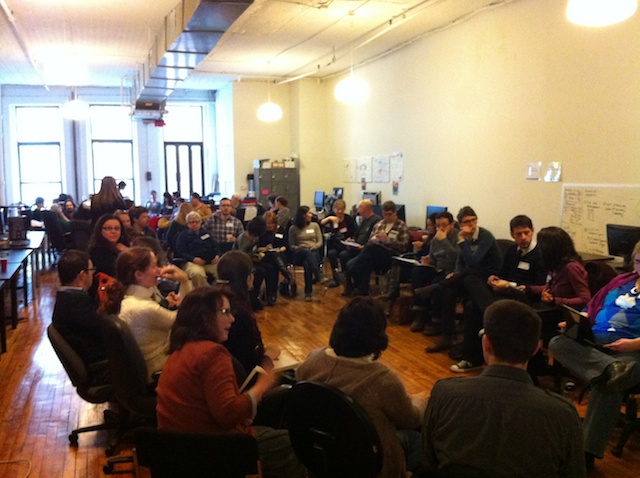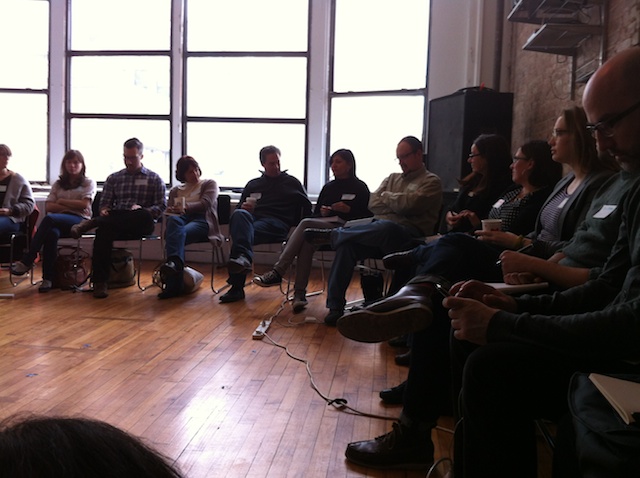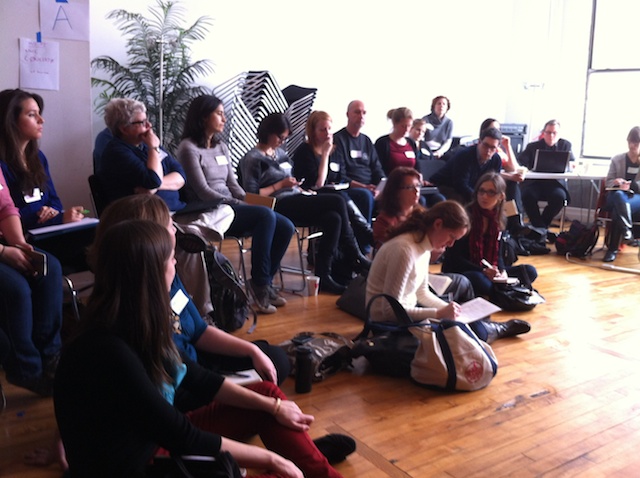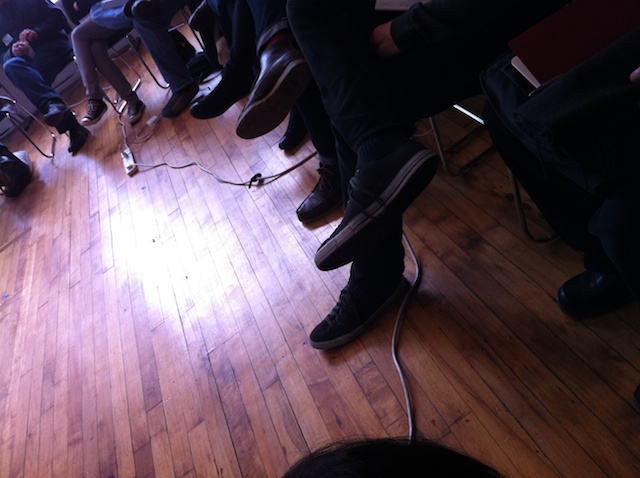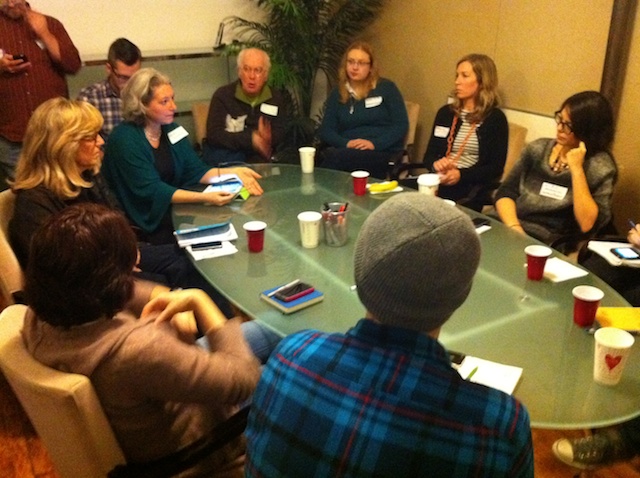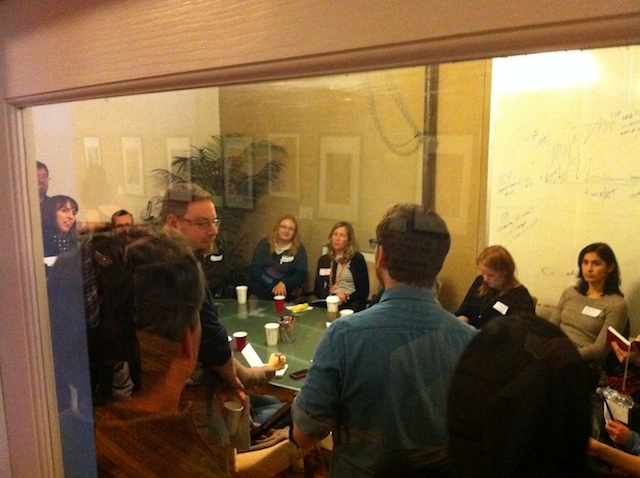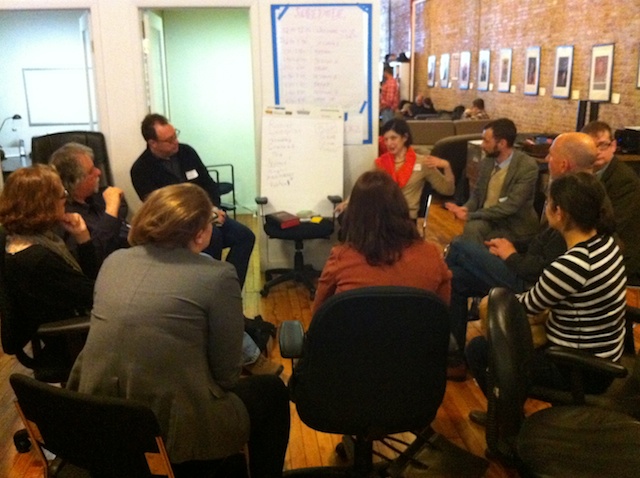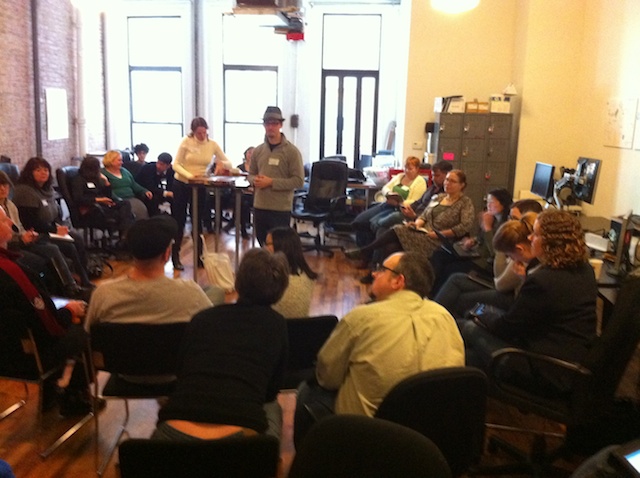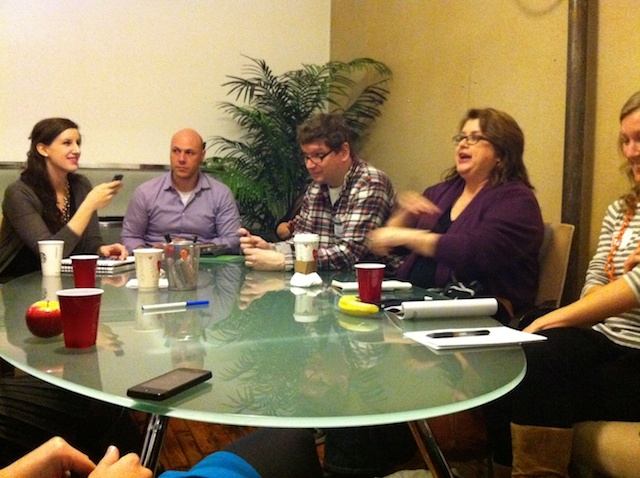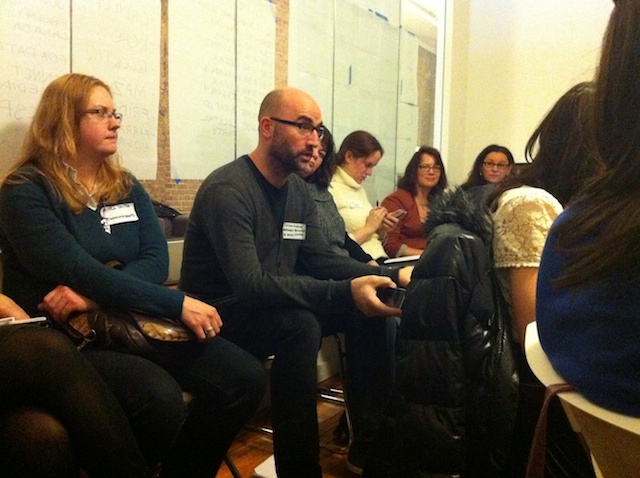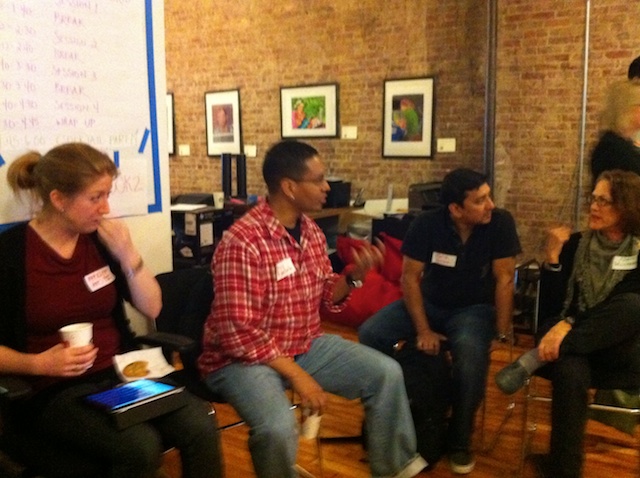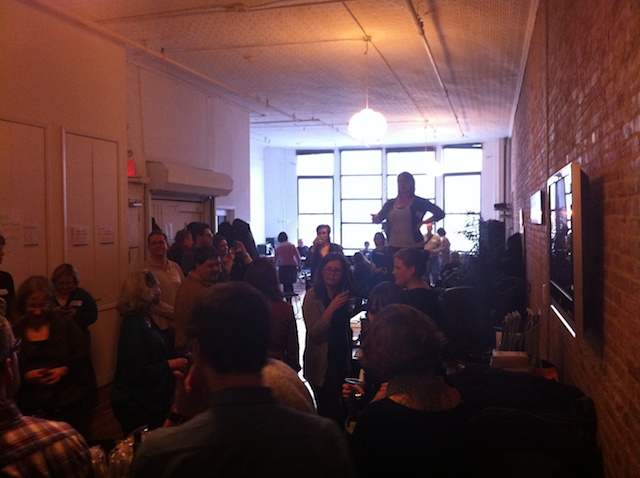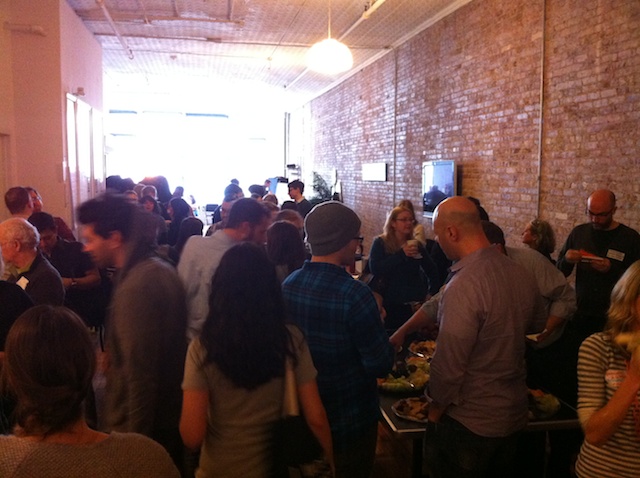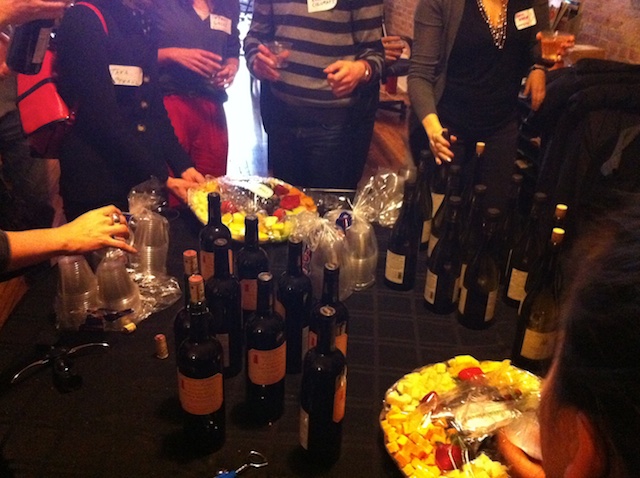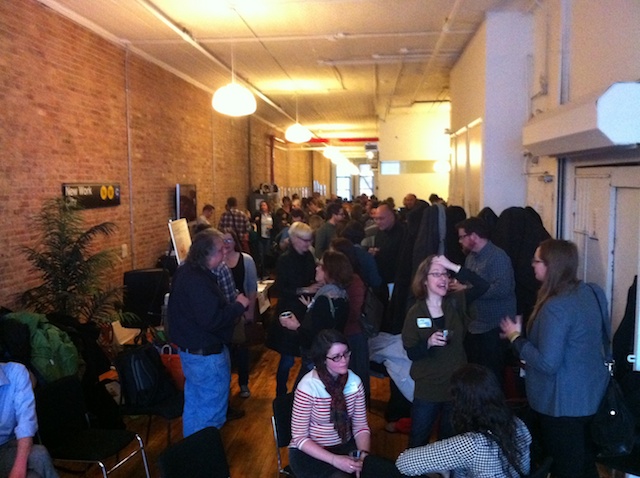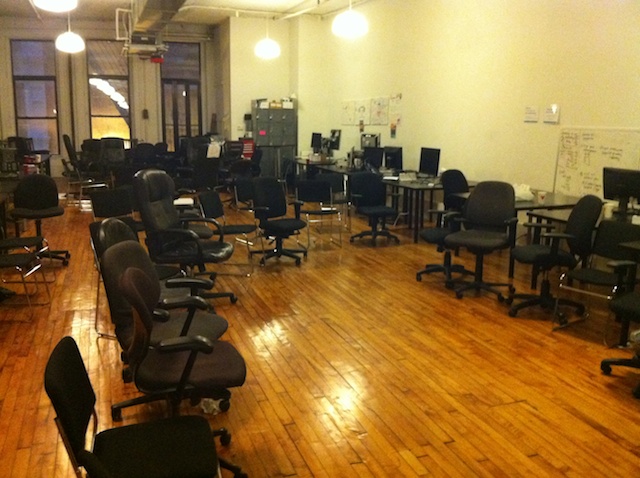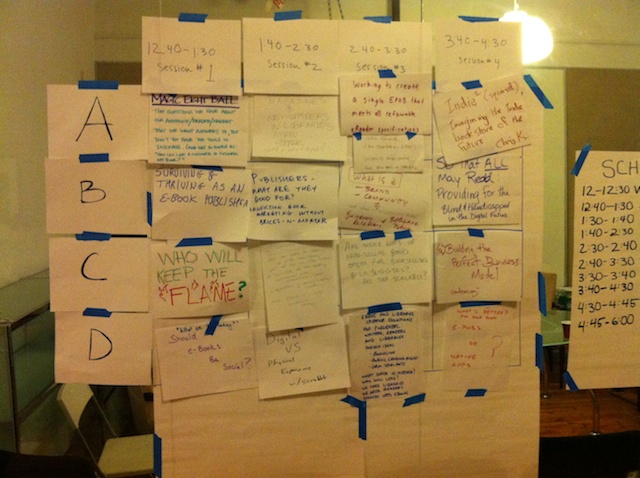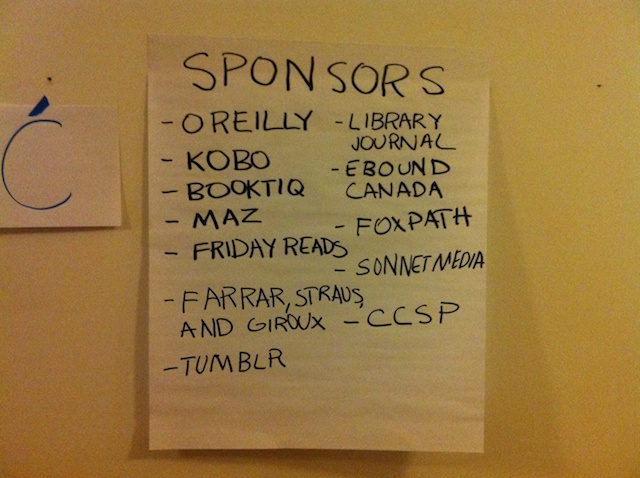In developing your writing career, are you concerned about being lost in the shuffle – about being JUST ANOTHER author buried in the long bookshelves at Barnes & Noble, or the endless inventory at Amazon.com? Are you concerned with how to stand out, how to develop a platform that matters – one that truly reflects who you are, what your work is about, and builds a meaningful audience with readers?
Then I suggest this: your author platform needs to be like those burnt misshapen potato chips at the bottom of the bag. Here’s why…
Last week I bought a bag of potato chips from Trader Joes’ “Ode to the Classic Potato Chip.” This is how they are described:
“These are classic potato chips, plain & simple, a traditional combination of “chipping” potatoes, oil (sunflower, in this case) and salt. They’re not thick cut, or ridge cut, or cooked in a special pot. If you have a memory of potato chips from your childhood (assuming your childhood has passed), it is probably these chips you’re remembering. In fact, these chips were inspired by our snack food buyer’s memories of family beach picnics that wouldn’t have been complete without, you guessed it, potato chips.”
When I was eating them, I found something that did indeed remind me of my childhood: plenty of those burnt, misshapen or spotted or green chips – not a bag of identical “perfectly” shaped and colored chips. Here is a photo of some of them:

The sensation I got was: these are REAL potatoes. Not those homogenized, shiny, “perfect”, chips I get from well-known brands. That the science of food has not “innovated” these potatoes to make them all the same, all flawless. This was not a scientifically constructed potato like this: New Potatoes Developed to Make Better Potato Chips; Where the chips come out looking like this:

When you are developing your author platform, keep this in mind: endeavor to be the green, misshapen, burnt potato chip. That how you talk about your purpose, how you connect with your audience, how you develop your career should be a true reflection of who you are. It should be real, authentic. Photos of you should look like how you ACTUALLY look, not some airbrushed photo that is 4 years old, where ever line in your face is washed away by Photoshop. Where every blog post or Tweet or encounter with a fan is not a press release.
Where you are a person, not a commodity.
That how you communicate your purpose, create your platform online and off, how you connect with your readers reflects what you are about – the person you are. That there is the unexpected in engaging with you. Something welcome, something that others can relate to. That when someone opens the bag of chips, maybe every chip isn’t perfect, but they are the real deal, straight from the farm. That’s you.
I talk a lot about “developing your brand” and “building your author platform.” While these terms can seem foreign, seem as though the intention is to put a glossy sheen over who you really are, that is not he intention. To me, it is about effectively communicating your purpose and establishing trust with others.
It today’s world, there are too many perfect potato chips out there. Don’t be one of those. Be the only you in the world.
-Dan

